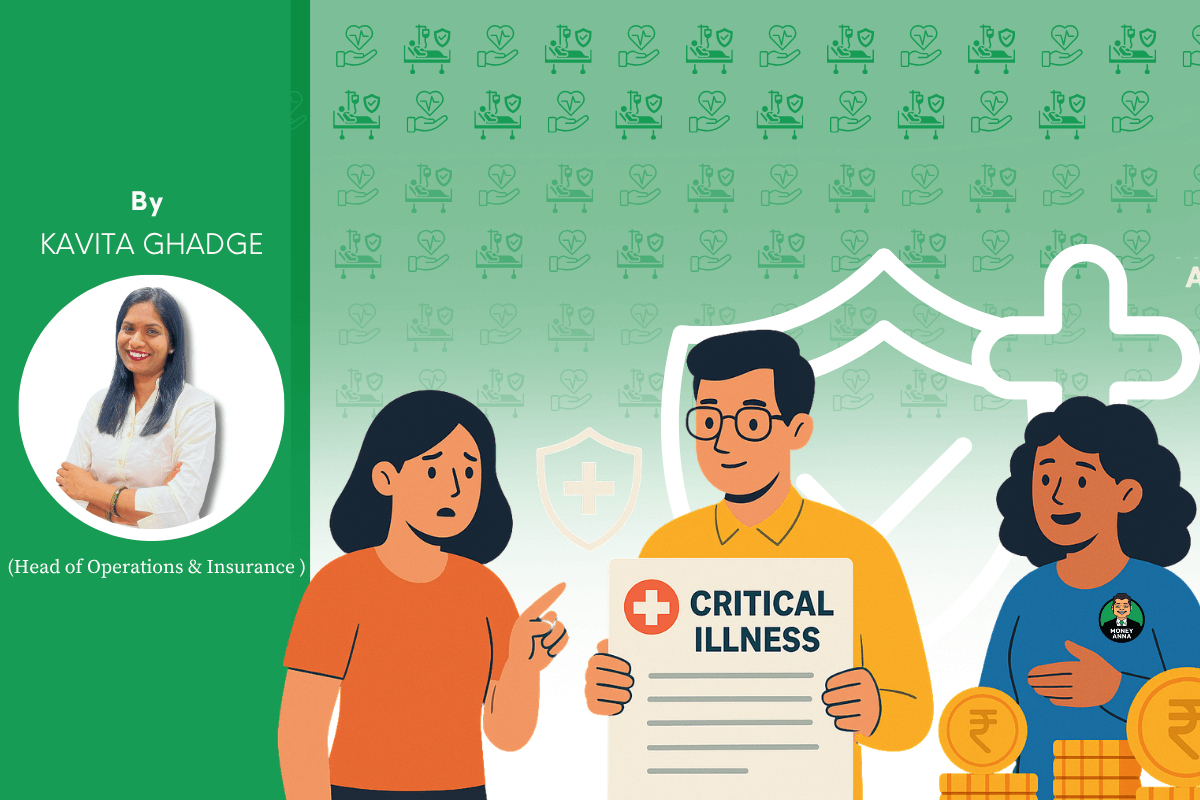What’s in the blog?
This blog dives into the emotional and psychological reasons behind why we often spend money without thinking. It also shares simple mindset shifts and practical tips from MoneyAnna to help you take back control and make more mindful spending decisions.
Have you ever gone out to buy one thing and ended up with a bag full of stuff you didn’t even plan to get? Or have you ever convinced yourself that a 50% discount is a ‘saving’, even though you weren’t planning to spend in the first place?
I’ll be honest; I have been there. It happens to the best of us, isn’t it? I observe people repeating the same thing again and again.
Many people spend money not because they need to or plan to, but simply because they feel like it or are unconsciously influenced to do so. Spending is more about emotions rather than logic.
Today let me explain to you the emotions and psychology behind spending. Because when you understand what’s driving your spending decisions, you can take better control of your emotions and your money.
The Psychological Traps of Spending
As we already discussed, spending money is not always a logical decision. More often than not, our emotions, habits, and even clever marketing tricks push us to spend without realizing it. These psychological traps are sneaky, but once you recognize them, you can break free and make smarter money choices.
Let’s understand the most common psychological traps of spending that make us spend without logical considerations. We will also discuss some MoneyAnna fixes to save ourselves from these traps.
1. The “I Deserve It” Trap
Long week? Tough day? Just hit a milestone? Treating yourself feels like the right thing to do. And honestly, you do deserve nice things. But when ‘just a small treat’ becomes a habit, what started as mazaa (fun) quickly turns into sazaa (punishment) for your bank account.
MoneyAnna’s Fix: Instead of impulse spending, set a ‘guilt-free’ budget every month to fulfill this psychological need. This way, you still enjoy your treats—without guilt, without regret, and with full consciousness.
2. The FOMO Sale Trap
“Limited-time deal!”
“Only 2 seats left at this price!”
“Biggest sale of the year!”
Sounds familiar? Marketers are experts at making you feel like you’ll lose out if you don’t buy now. And guess what? That pressure makes you act fast—without thinking.
MoneyAnna’s Fix: Use the 24-hour rule. If you still feel the need to buy it after a day, go ahead. Most of the time, the urge will fade, and you’ll realize you didn’t really need it.
3. The Retail Therapy Trap
Bad day? Shopping.
Bored? Shopping.
Happy? Shopping.
It’s like a quick mood booster. But while the ‘high’ from shopping last a few minutes, the bill sticks around for much longer.
MoneyAnna’s Fix: Next time you’re about to buy something just to feel better, pause. Ask yourself: “Am I shopping because I need this or because I need a mood boost?” If it’s the latter, try a zero-cost alternative—a walk, a workout, a call to a friend, a fun game, or quality time with family. Trust me, they work more magically than retail therapy.
4. The ‘Keeping Up with Others’ Trap
Upgraded your phone because everyone else did?
Bought fancy shoes because your friends have them?
It’s human nature to compare. But remember, true financial success comes from following your goals, not someone else’s lifestyle.
MoneyAnna’s Fix: Before making a big purchase, ask yourself: “Would I still buy this if nobody knew I had it?” If the answer is no, you’re buying for the wrong reason.
So, How Do You Take Charge?
You now know the psychological traps, and you’ve also got special MoneyAnna fixes, but will that suffice? You need to be very cautious and disciplined to make every spending intentional, not emotional.
Here’s where you can start with baby steps –
- Track Your Spending: If you don’t know where your money is going, how will you control it? Use an app or a simple notebook to see where your cash actually disappears.
- Set Spending Rules: Automate your savings, limit impulse purchases, and always use the 24-hour rule before buying non-essentials.
- Rewire Your Mindset: Every rupee should take you closer to your goals. Before spending, ask yourself: “Is this helping me, or holding me back?”
My Take
Being intentional and aware of your spending is not about cutting out joy from your life but about being smarter with your money. Because when you control your money, your money stops controlling you.
So, next time you’re about to buy something, take a deep breath and ask: “Do I really need this, or is my brain playing tricks on me?”
You might surprise yourself.




